We all know it: choosing the right SD card for your Sony A1 II can quickly become a headache… While it requires high-speed memory cards to fully exploit its capabilities in burst photography or 4K recording, it is difficult to find your way between CFexpress Type A and SD UHS-II. However, a few well-targeted criteria are enough to avoid unpleasant surprises – and we reveal which ones.
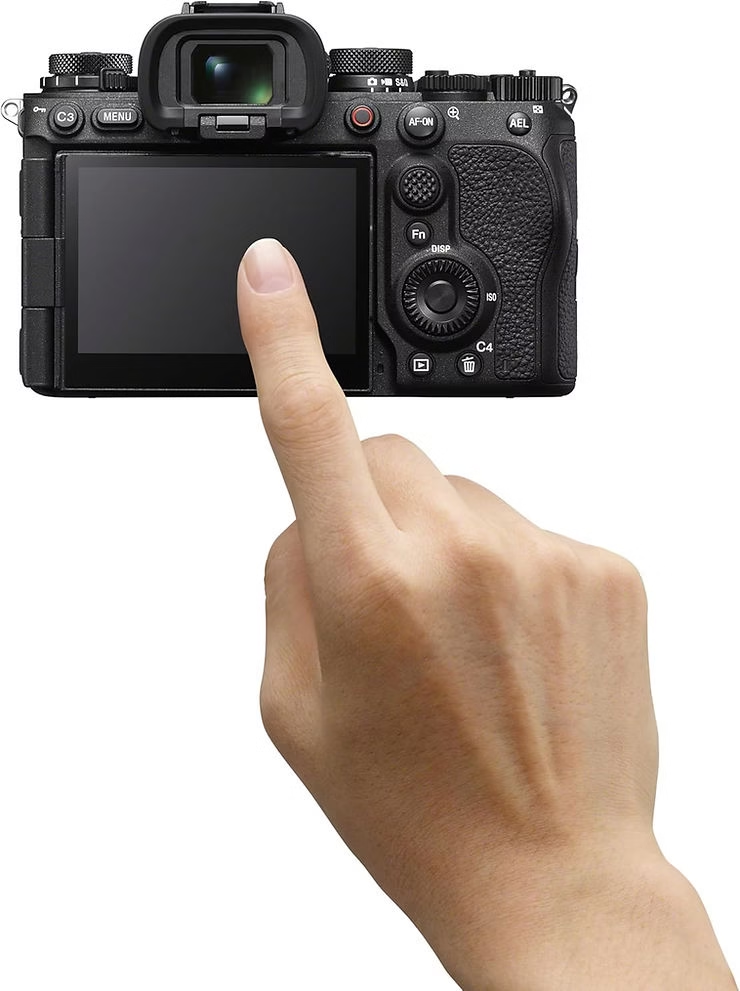
The ideal memory cards for your Sony A1 II
The Sony A1 II accepts two types of memory cards: CFexpress Type A and SD UHS-II. Each one meets specific needs. The faster CFexpress Type A is a must for 8K video or 30fps bursts. The more affordable UHS-II SD is suitable for light use. The choice depends on your technical requirements.
CFexpress Type A cards use a PCIe 3.0 interface, guaranteeing write speeds of up to 790 MB/s. UHS-II SD is based on NAND technology, limited to 250 MB/s. The first option excels in 8K RAW video, the second is economical for photos or 4K. The thermal management of the CFexpress, thanks to its metal housing, prevents overheating during long sessions.
Outstanding CFexpress card performance for the Sony A1 II
Record speeds and technical advantages of CFexpress
CFexpress Type A cards reach speeds of 14400 Mbps read (1800 MB/s) and 13600 Mbps write (1700 MB/s). This performance allows the Sony A1 II to handle 30 frames per second in compressed RAW without buffer saturation . Their PCIe 3.0 interface ensures smooth handling of 50MP files or 8K videos.
Comparison of the best CFexpress Type A cards for the Sony A1 II
| Map template | Read speed (MB/s) | Write speed (MB/s) |
| OWC Atlas Pro CFexpress Type A | 1850 | 1700 |
| Sony CEA-G160T CFexpress Type A | Not specified | Not specified |
| SanDisk Extreme Pro CFexpress Type A | 1700 | 1500 |
| Lexar Professional CFexpress Type A | 1600 | 1400 |
VPG400 certification ensures a minimum write speed of 400 MB/s, which is required for uninterrupted 8K video recording. Cards like the Exascend Essential Pro CFexpress Type A meet this standard, preventing frame loss during demanding shoots. This clearly distinguishes them from the V90 UHS-II SSDs limited to 90 MB/s.
Rugged and reliable for professional photographers
CFexpress Type A cards are resistant to water and dust (IP57), 7.5 meter drops, and extreme temperatures (-12°C to 72°C). Their metal casing improves heat dissipation, reducing the chance of overheatingduring intensive sessions. For a wildlife photographer in difficult conditions, this durability becomes a decisive asset.
In testing, a SanDisk Extreme Pro CFexpress Type A card achieved 65°C without sacrificing performance. This thermal management allows the Sony A1 II to maintain a consistent bitrate even during extended 8K video recordings. Unlike UHS-II SD, CFexpress avoids outages due to overheating, ensuring reliability in the field.
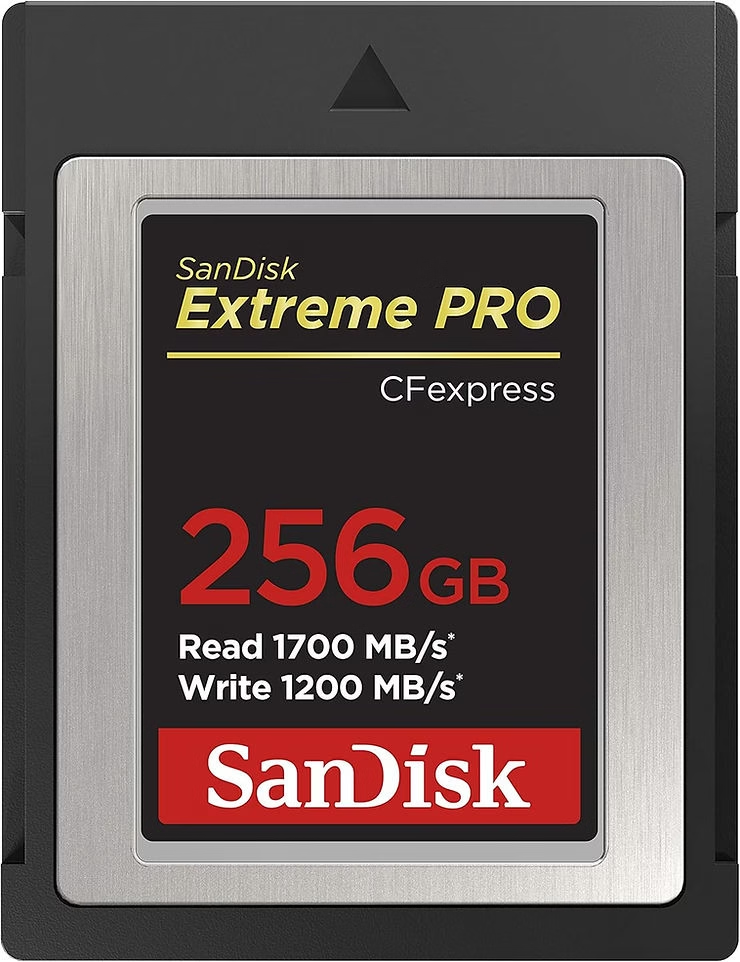
Storage capacities suitable for high-resolution files
Capacities range from 80 GB (Lexar) to 1 TB (Angelbird), ideal for storing RAW files of 105 MB each. A 512 GB card, such as the Sony 512 GB Tough M Series UHS-II SDXC Memory Card, can accommodate about 4800 uncompressed RAW photos. For 8K video, 1 minute of XAVC S-I 4K at 600 Mbps consumes 4.5 GB of space, requiring high-capacity cards for long shoots.
- CFexpress Type A offers capacities up to 512 GB compared to the maximum 256 GB for the V90 UHS-II SD, ideal for storing 50MP RAW files from the Sony A1 II
- VPG 400 (400 MB/s minimum write) of the CFexpress guarantees stable performance for 8K video recording, compared to only 90 MB/s for the SD V90
- The metal housing of the CFexpress improves heat dissipation, reducing the chance of overheating during extended photo/video sessions with the Sony A1 II
- UHS-II SDs remain more affordable and portable, but require rigorous management of the large files generated by the Sony A1 II’s sensor
To optimize space, choose compressed RAW (L/M/S) or HEIF format. In overflow mode, the Sony A1 II automatically switches to the second card, avoiding interruptions. A 1TB card allows 30 minutes of 8K RAW video recording, compared to 15 minutes for a 512GB, directly influencing the duration of your shots in the field.
Optimize the performance of your Sony A1 II with the right cards
Decisive impact on burst photography
CFexpress Type A cards empty the buffer twice as fast as UHS-II SD. In burst mode at 30 fps, a slow card blocks shots after 82 uncompressed RAW frames. Fast models like the OWC Atlas Pro (1700 MB/s write) allow 238 compressed RAW images without interruption, ideal for sports or wildlife action.
Buffer flushing takes 10 seconds with a CFexpress Type A compared to 25 seconds with a UHS-II SD. For wedding or reportage photographers, this speed prevents missing key moments. Compressed RAW (L/M/S) optimizes frame rate, while uncompressed RAW is reserved for short sessions where every detail counts.
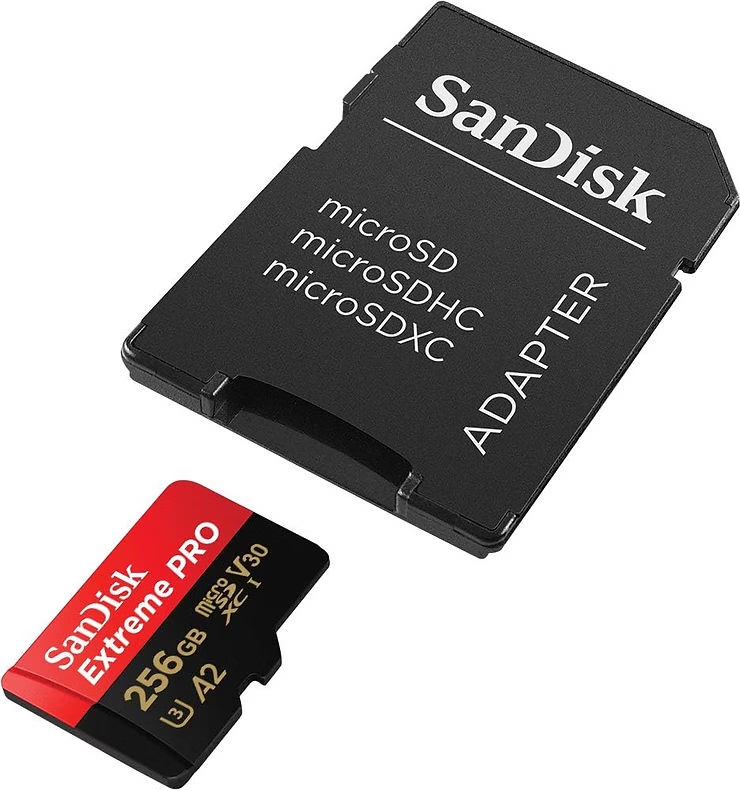
Optimal video recording quality in 4K and 8K
The Sony A1 II’s 8K RAW recording requires a minimum of 520 Mbps (65 MB/s), a requirement that only the CFexpress Type A VPG400 (400 MB/s guaranteed write) can meet. The V90 UHS-II SDs (90 MB/s) are sufficient for 4K XAVC S-I at 600 Mbps (75 MB/s), but limit long takes due to their rapid overheating.
Video bitrates range from 16 Mbps (HD) to 600 Mbps (4K). The XAVC HS 8K at 30p requires 520 Mbps, or 65 MB/s. A CFexpress Type A card like the Sony TOUGH (700 MB/s write) manages these streams without dropping frames, unlike UHS-II SDs which saturate their buffer after a few minutes of 8K recording.
Optimal use of the two card slots
The Sony A1 II offers two CFexpress Type A and SD UHS-II compatible slots. Backup mode writes data to both cards simultaneously, ideal for critical events. Overflow automatically switches to the second card at full capacity, avoiding interruptions during long burst or video sessions.
- Configuration Backup : Write simultaneously to both cards to double the security of critical data (wedding, news report)
- Overflow Mode : Automatic failover to the second card at full capacity, ideal for long burst shooting sessions
- RAW/JPEG separation : Store raw files on a high-performance card (CFexpress) and JPEGs on a more cost-effective UHS-II SD
- CFexpress + SD mixing : Use a CFexpress Type A for 8K video and a UHS-II SD for stills, optimizing both speed and budget
Using two identical cards (e.g. CFexpress Type A) guarantees a homogeneous performance, especially in backup mode. For more flexibility, a mixed CFexpress + SD allows photos to be stored on the fast card and videos on the SD, or vice-versa. The internal buffer handles 80 compressed RAW images, a criterion to consider for overflow configurations.
Best memory cards for the Sony A1 II: our selection
The type (CFexpress Type A or SD UHS-II), the capacity (up to 1 TB) and the speed (700 MB/s minimum for 8K) guide the choice. The need for burst photos or RAW video influences the selection. For a tight budget, the SD UHS-II V90 are enough if you avoid long sessions.
Top 5 recommended memory cards for the Sony A1 II
| Model | Type | Write speed (MB/s) | Capacity (GB) | Price (€) |
| OWC Atlas Pro CFexpress Type A | CFexpress A | 1700 | 512 | 400 |
| SanDisk Extreme Pro CFexpress Type A | CFexpress A | 1500 | 512 | 450 |
| Sony CEA-G160T CFexpress Type A | CFexpress A | Not specified | 160 | 250 |
| Lexar Professional SD UHS-II V90 | SD UHS-II | 250 | 256 | 120 |
| Gigastone 256GB SDXC Memory Card | SD UHS-II | 90 | 256 | 50 |
Professionals opt for the OWC Atlas Pro CFexpress Type A (€400 for 512 GB) for its 1700 MB/s speed, ideal in 8K. Semi-pros prefer the SanDisk 512 GB Extreme PRO (€450) despite its high price. Enthusiasts choose the Gigastone SDXC 256 GB (€50) for light photo sessions, but beware of overheating in 4K video.
The CFexpress Type A cards are the essential allies of the Sony A1 II for 8K performance and bursts at 30 fps, while the SD UHS-II offer a good budget compromise. Pay attention to the writing speed and VPG certification to avoid freezes in the middle of shooting. One thing is clear: your next memory card might just decide if you’re capturing the perfect scene… or miss it.

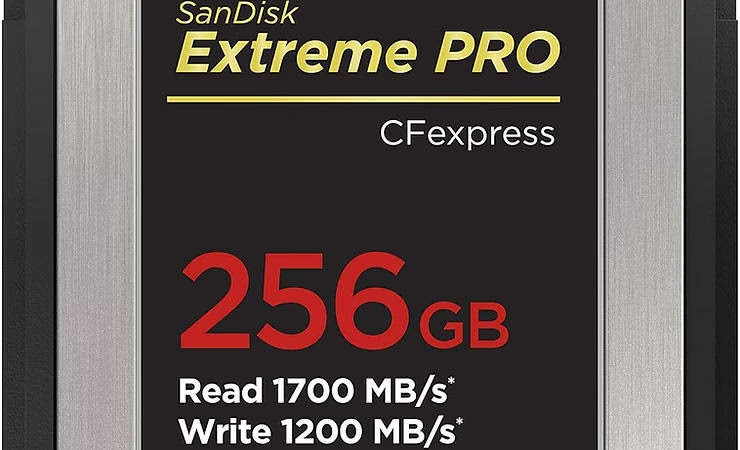

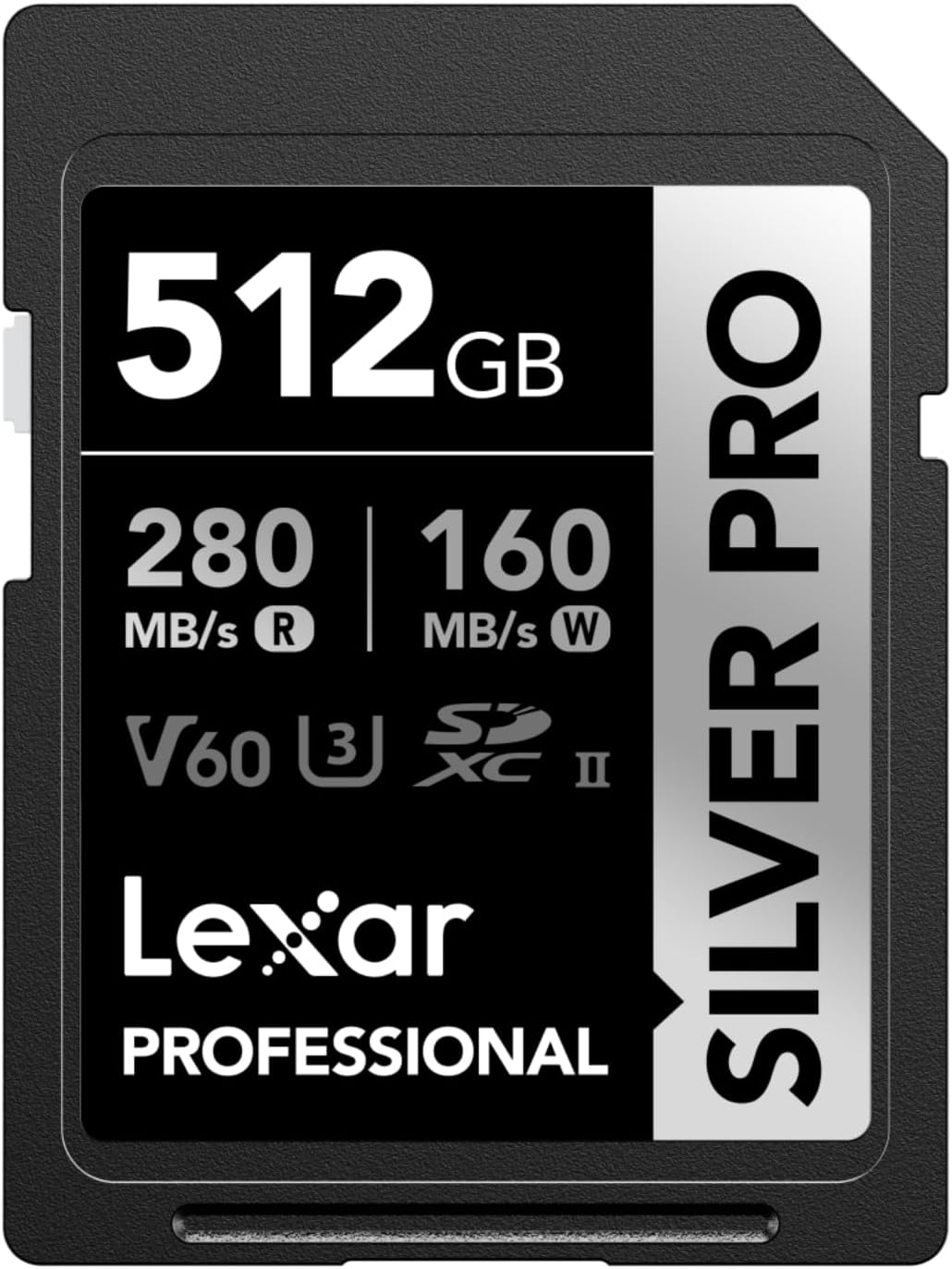

Leave a Reply